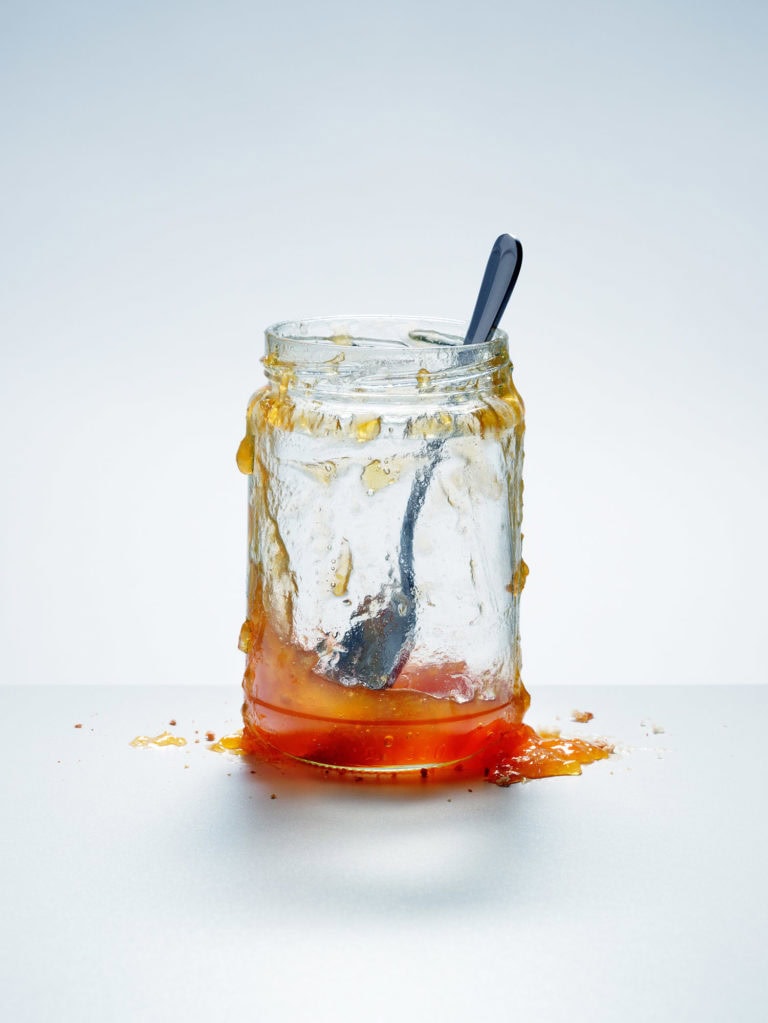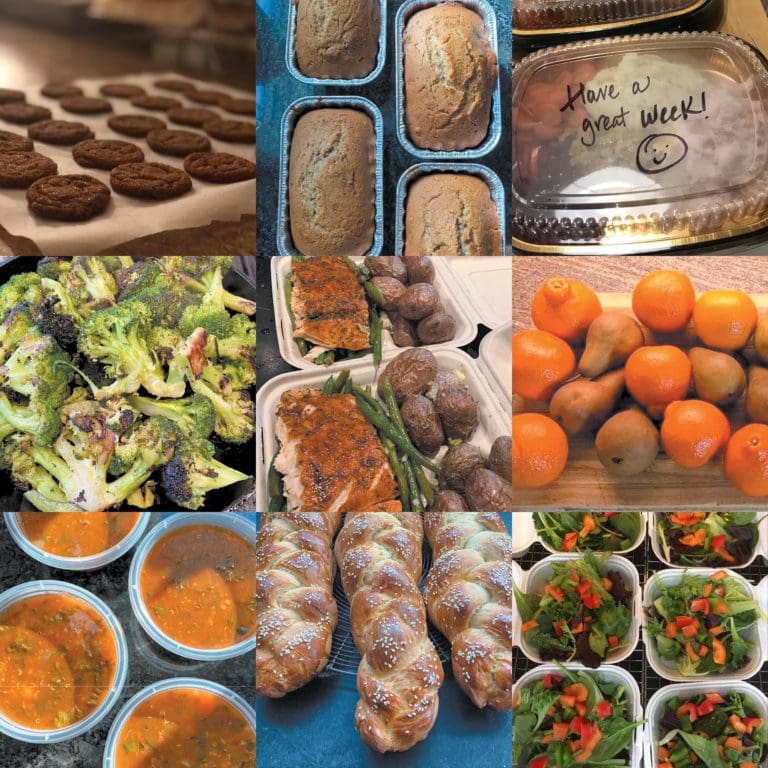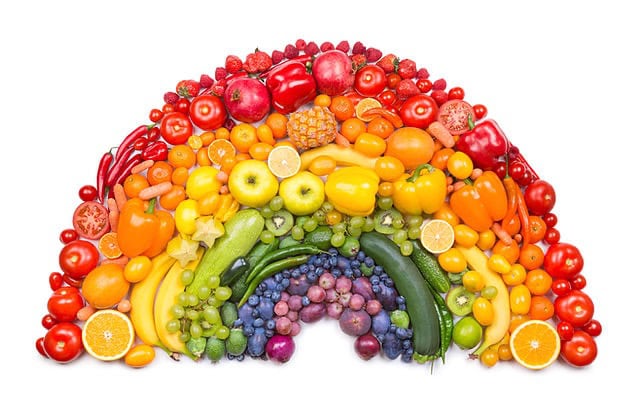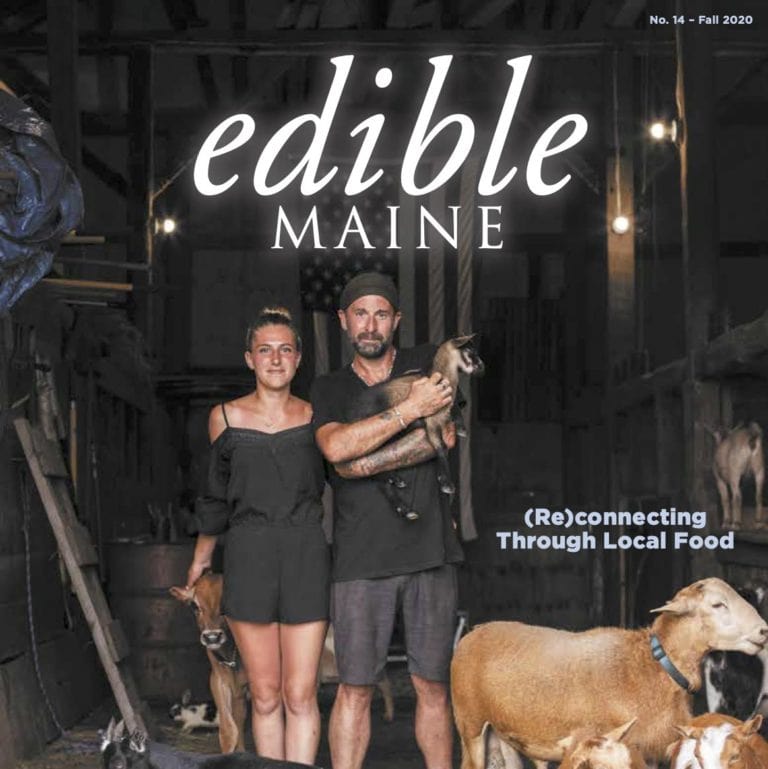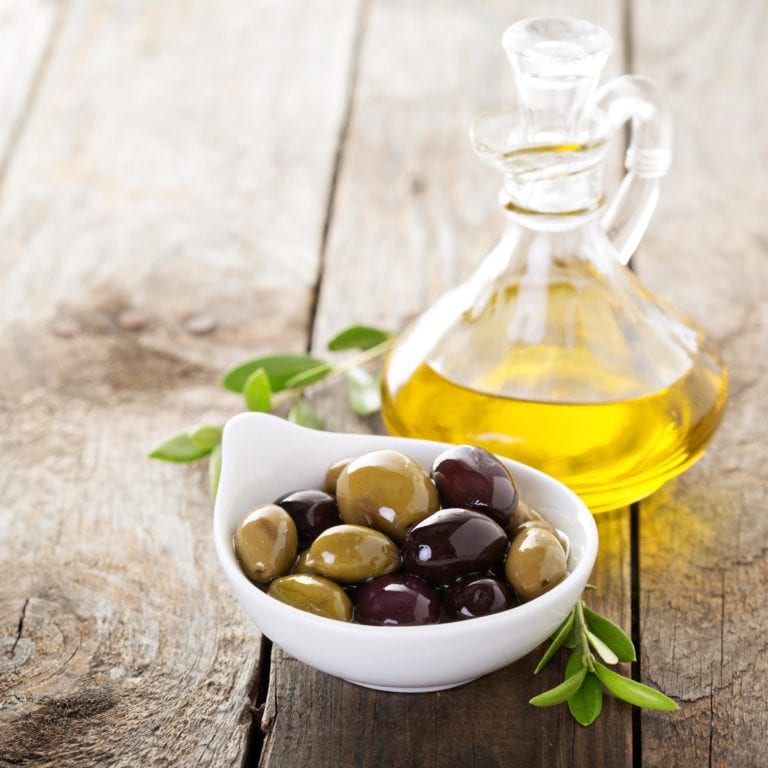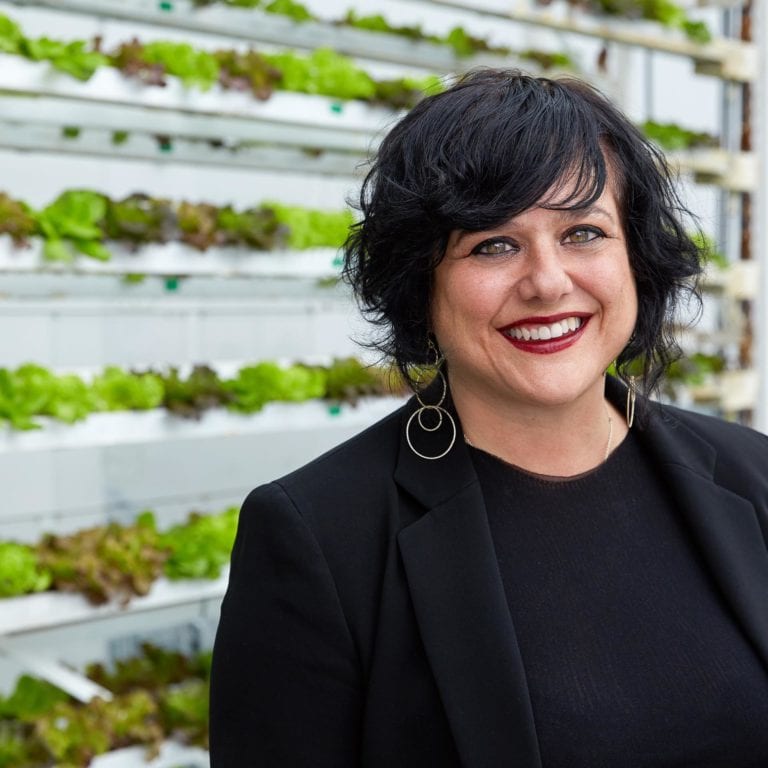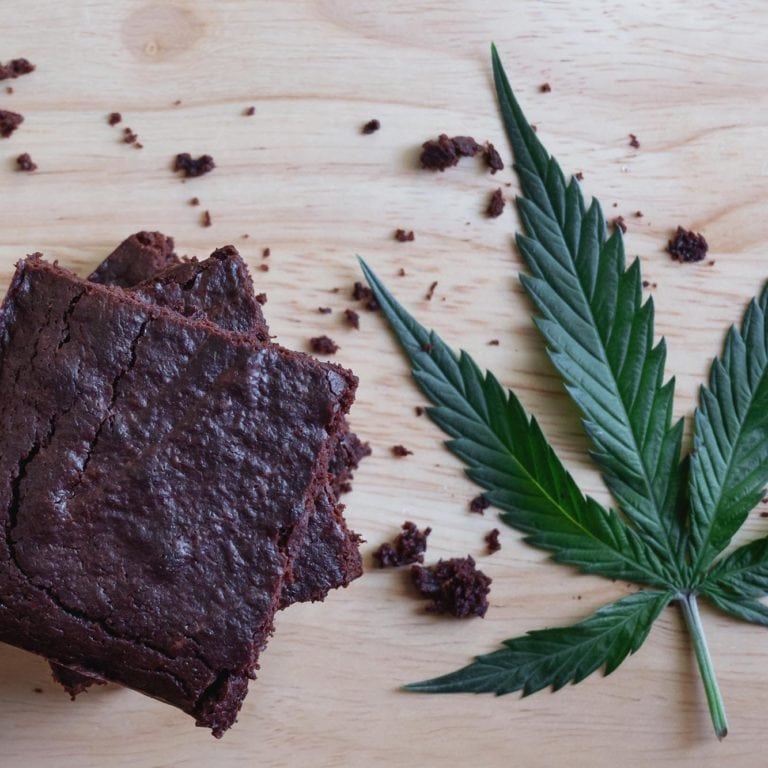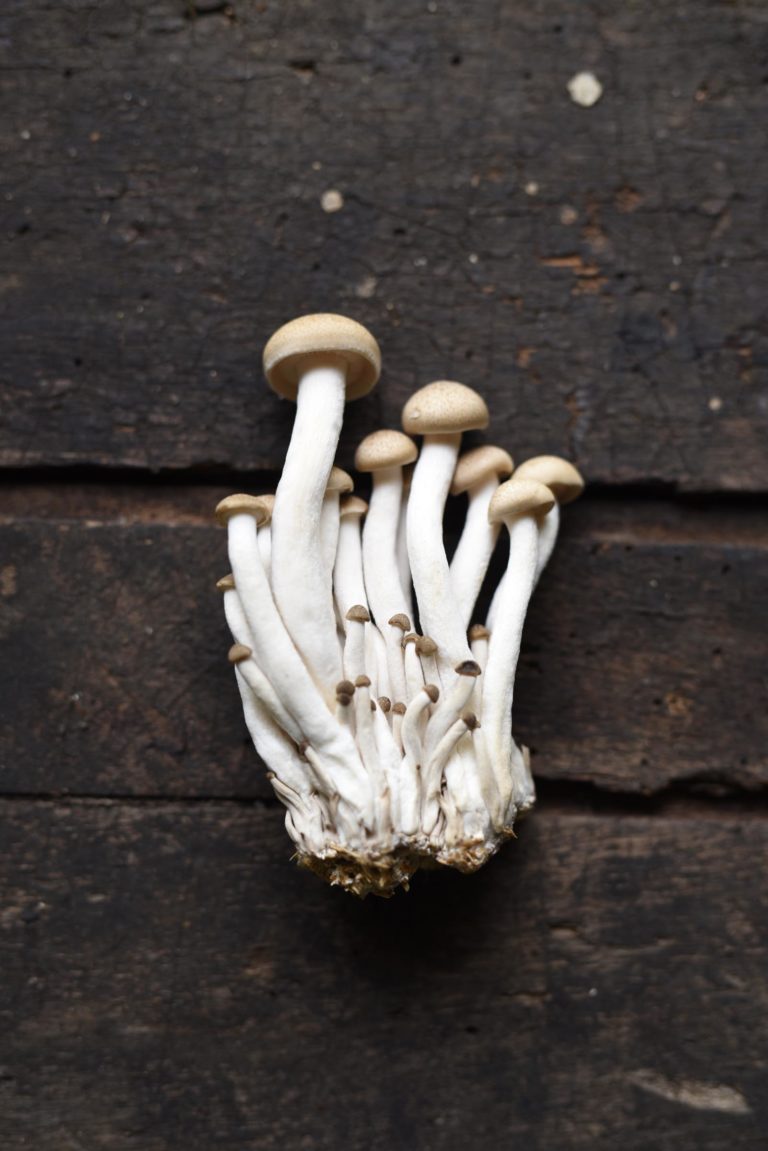When teaching students of all ages about the impact humans have on the ocean and the seafood we pull from it, I provide scary statistics like this one: There are over five trillion pieces of plastic floating around in our oceans.
Microplastics (pieces measuring less than five millimeters across) and macroplastics (more than five millimeters) come from all kinds of sources. Some you can easily imagine, like single-use bags, bottles, and utensils, but there are also microbeads from face washes, children’s toys, and nylon ropes. An estimated 20% of the eight million tons of plastic added to the oceans annually comes from marine fishing and aquaculture gear.
Since it is counterproductive to scare the hell out of students without giving them a glimmer of hope on how we might remedy the situation, I also mention Maine’s bans on plastic grocery bags, polystyrene foam food packaging, and mass balloon releases. And I tell them inspiring stories about innovative Mainers devising other ways to stem the flow of plastics into the Gulf of Maine.
Take Abby Barrows and Severine von Tscharner Fleming, for example. These two Downeast aquaculturists are testing plastic-free materials for use in their oyster and kelp operations.
Their dedication is critical given how fast aquaculture is growing. Shellfish leases in Maine rose almost 50% in the last decade. Seaweed-only leases went from 1 to 29 in the same time frame.
Barrows is a research scientist who’s been obsessed with quantifying the extent and impact of oceanic microplastic pollution since she began coordinating education programs nearly 10 years ago at the Shaw Institute, formerly the Marine & Environmental Research Institute, based in Blue Hill and New York City. She has authored several peer-reviewed papers and led global research projects on the topic.
In 2015, Barrows bought Long Cove Sea Farm in Stonington to raise and sell oysters. Like most oyster growers, she primarily uses plastic mesh bags to encase the oysters and polyethylene floats to hold them steady in the currents. Concerns about microplastics steered Barrows toward finding an alternative to this standard configuration.
“As oyster farmers, we are producers, but we are also producing plastic waste through our aquaculture practices,” says Barrows. “It’s not just thinking about what we bring to market, but [thinking about] everything that is involved in the process. We shouldn’t be using plastic in this way.”
Von Tscharner Fleming runs Smithereen Farm in Pembroke, where she grows kelp and oysters in the Cobscook Bay and a variety of produce in the soil. She has similar misgivings about contributing to the microplastics problem. In 2019, she invited Barrows to speak at a seaweed symposium about her research, and the two hatched their plan to research alternative materials for farming oysters and kelp. With a $15,000 USDA grant awarded last spring, they began experimenting with prototypes.
The two started with purpose-built cedar boxes and aluminum mesh screens to house tiny juvenile oysters. They tried a variety of ways to secure and seal the frames, from bungee cords to stainless steel screws.
For second-stage oysters, they used a basalt mesh bag, made from molten quarried rock, that allowed the oysters to efficiently filter the water while still holding them in place. (You don’t want to lose product through loose-fitting mesh.) Barrows continues to explore different approaches to housing larger oysters, from stainless steel and aluminum wire to wooden lattice structures.
To replace the polyethylene in the floats, both growers are looking at cork or mycelium (fungus), combined with a natural sealant like linseed, tung oil, or pine tar.
Kelp growers typically use a lot of synthetic rope, along which the seaweed grows, because it’s been proven durable in marine environments. Seeking alternatives, von Tscharner Fleming is trialing rope made of natural hemp or coir (coconut) fiber, both of which are biodegradable. She’s had sugar kelp and winged kelp (alaria) growing out on these natural ropes in the winter months, and then drying for several months.
Barrows and von Tscharner Fleming hope to have more conclusions about what works, what doesn’t, and where additional research is needed by this spring.
“We hope that we are setting up a culture of inquiry and improvement. One big aspect of action research is of asking vulnerable questions about the industry in public,” von Tscharner Fleming says. “How can we improve how we operate?”
Other kelp and shellfish growers ponder the same questions. Matt Moretti runs Bangs Island Mussels, growing mollusks and kelp on ropes spread out over 30 acres in and around Casco Bay. He looks forward to the day when non-plastic gear is both robust enough and widely available to support his operation. Until then, his focus has been on reducing the waste stream by setting gear that lasts at least a decade, and using biodegradable materials, like cotton mesh, to contain the mussels on the rope. The company also recently switched to biodegradable bags and tags to deliver mussels to the retail market.
In fact, Brunswick-based Ocean Farm Supply launched last March to replace single-use plastic onion bags so often sold with shellfish. Oyster growers along Midcoast Maine and as far south as Mississippi are using its biodegradable retail and wholesale bags made of sustainably raised, biodegradable beechwood mesh, according to CEO and Co-Founder Erin Adams. The company is now developing beechwood fiber rope seeded with kelp as another plastic alternative to kelp production.
Barrows, von Tscharner Fleming, and Moretti—and many others working on this problem in Maine and worldwide—understand the need to push toward more robust solutions. That collective determination to find viable alternatives for aquaculture gear gives students (and all of us) hope that we can make a dent in our big plastic problem.







